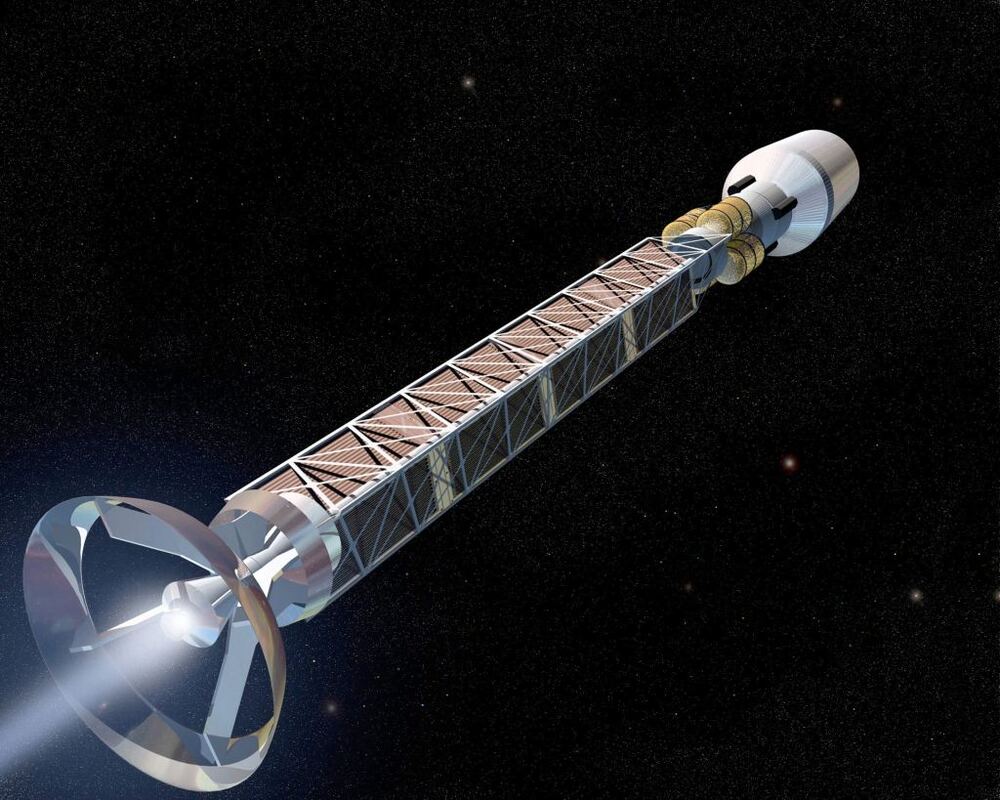I just finished the most recent season of The Expanse – my current favourite Sci-Fi series. Unlike most of my other go-to Sci-Fi, The Expanse’s narrative is (thus far) mainly contained to our own Solar System. In Star Trek, ships fly about the galaxy at Faster-Than-Light speeds giving mention to the many light years (or parsecs *cough* Star Wars) travelled to say nothing of sublight journeys within solar systems themselves. The distances between stars is huge. But, for current-day Earthling technology, our Solar System itself is still overwhelmingly enormous. It takes years to get anywhere.
In The Expanse, ships use a fictional sublight propulsion called The Epstein Drive to travel quickly through the Solar System at significant fractions of light speed. We’re not nearly there yet, but we are getting closer with the announcement of a new theoretical sublight propulsion. It won’t be an Epstein drive, but it may come to be known as the Ebrahimi Drive – an engine inspired by fusion reactors and the incredible power of solar Coronal Mass Ejections.
Rocket engines have been the backbone of space exploration lifting humans to the Moon, rovers to Mars, and sending probes outside the Solar System. However, for all their blast-offy awesomeness, they are inherently inefficient and bulky. You can only get so much energy out of rocket fuel. As a result, most of your entire spacecraft is a giant fuel tank. The mass of a rocket destined for Mars could be as much as 78% fuel. To reduce weight, we need more efficient engines.









Comments are closed.